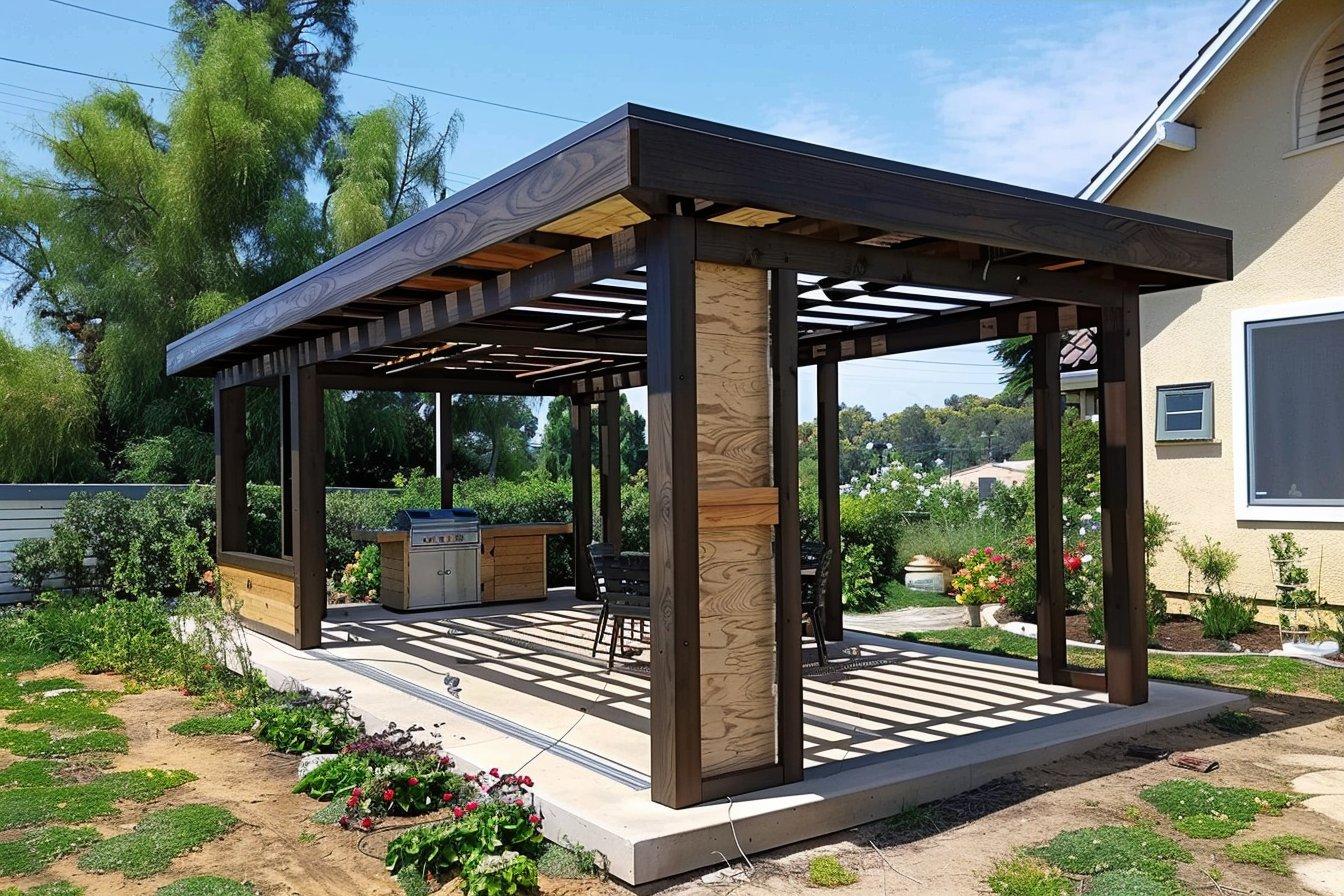Deck Installation Guide for Your Home Outdoor Space
A well-planned deck installation transforms an outdoor area into usable living space, improves curb appeal, and can increase property functionality. Whether you’re replacing an old structure or adding a new deck to your home, understanding design, materials, construction steps, and maintenance helps you get durable results that match your lifestyle and budget.

How does a deck complement your home?
A deck extends your home’s usable square footage and creates an outdoor room for dining, relaxing, and entertaining. Thoughtful placement considers sun exposure, privacy, sightlines from interior rooms, and how the deck connects to landscaping or patios. Matching rail styles, balusters, and flooring tones to your home’s architecture keeps the addition visually integrated rather than tacked on.
Design choices—like built-in seating, planter boxes, or multi-level layouts—add function without requiring extra furniture. Consider how doors and windows open onto the deck, and whether steps, ramps, or lighting will be needed for safe, comfortable use at night. Early coordination with any seasonal needs (shade, heating) ensures the deck fits both aesthetics and everyday activity.
What makes an outdoor deck durable?
Durability starts with proper site preparation and drainage. Footings should sit below frost line where applicable, and joists must be protected from water and ground contact to reduce rot risk. Pressure-treated lumber, naturally rot-resistant species (like cedar or redwood), and composite decking each offer different performance characteristics—pressure-treated resists decay but needs sealing, while composites lower maintenance but can have different thermal and expansion properties.
Attention to flashing where the deck meets the house, spacing between deck boards for drainage, and corrosion-resistant fasteners all extend lifespan. Regular inspections for loose fasteners, sagging boards, or mildew help catch small issues before they become structural problems. Planning for airflow under the deck reduces moisture buildup and preserves joists over time.
How does construction planning work?
Construction planning begins with measurements, a simple site survey, and confirming property lines and easements. Permits are often required for decks that exceed certain heights or sizes, or that change the entry/exit points of the home; local building departments provide rules and inspection schedules. A clear plan includes deck height, footing depth, ledger attachment, joist layout, and railing details.
Create a realistic timeline that includes lead time for materials and permits, and stage the work: foundation and footings, ledger and framing, decking and railing, then finishes and lighting. Scheduling inspections at the right milestones ensures compliance and helps catch structural concerns early. Keeping a concise plan and checklist reduces delays during construction.
How to choose building materials?
Material selection balances cost, maintenance, aesthetics, and performance. Common options:
-
Pressure-treated lumber: affordable and widely available, needs staining or sealing for best longevity.
-
Hardwood decks (e.g., ipe): very durable and attractive but require specialized fasteners and can be costly.
-
Composite decking: low maintenance and resistant to rot, available in many colors and finishes; check warranties and thermal properties.
-
Aluminum or PVC: long-lasting with minimal upkeep, often used for railing systems or modern deck designs.
Consider environmental impacts (sustainably harvested wood or recycled-composite products) and the local climate—humid or coastal areas may shift recommendations toward materials with superior rot and corrosion resistance. Test samples on-site when possible to see color and texture in your home’s light.
Where to find reliable local services?
Start with licensed contractors who are experienced in deck construction and familiar with local building codes. Check for proof of insurance, references, and a portfolio of completed work. Local services that maintain physical shops or reviews from community forums tend to offer more accountability than one-off listings. Request detailed written estimates that break down labor, materials, timeline, and warranty terms.
Interview multiple contractors to compare approaches to footings, flashing, and joist protection. If you plan partial DIY, clarify which tasks the contractor will handle and which you’ll do. For specialized materials like exotic hardwoods or complex multi-level builds, verify the contractor’s experience with those specific products to avoid installation mistakes.
Conclusion
Installing a deck is a substantial home project that combines design, structural work, and sensible material choices to create a durable outdoor living area. With careful planning, proper construction techniques, and attention to drainage and fasteners, a deck can become an integral and long-lasting extension of your home. Regular maintenance and informed material choices will keep the structure safe, functional, and attractive for years.






